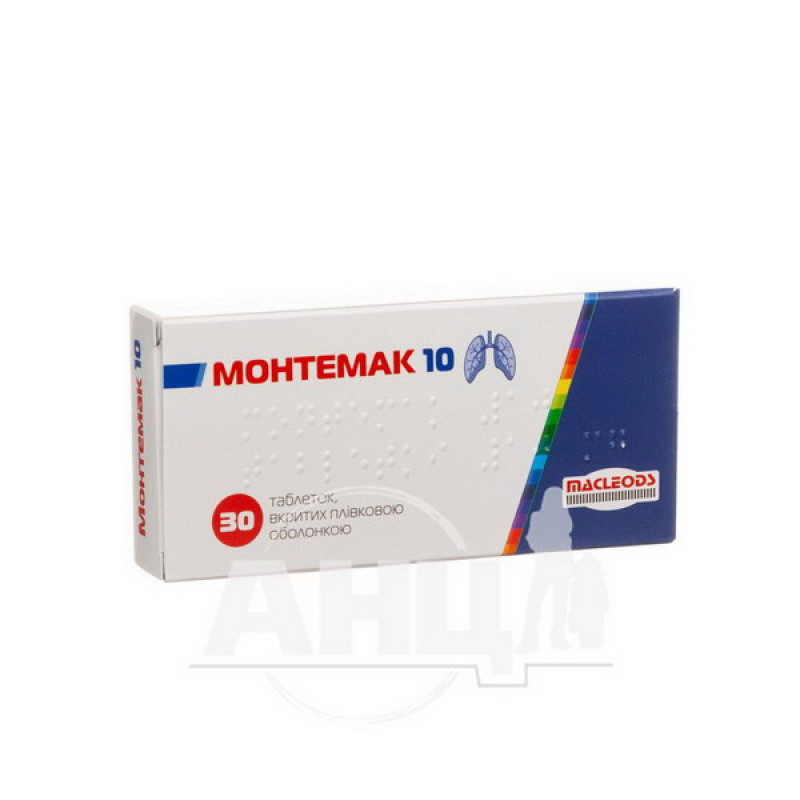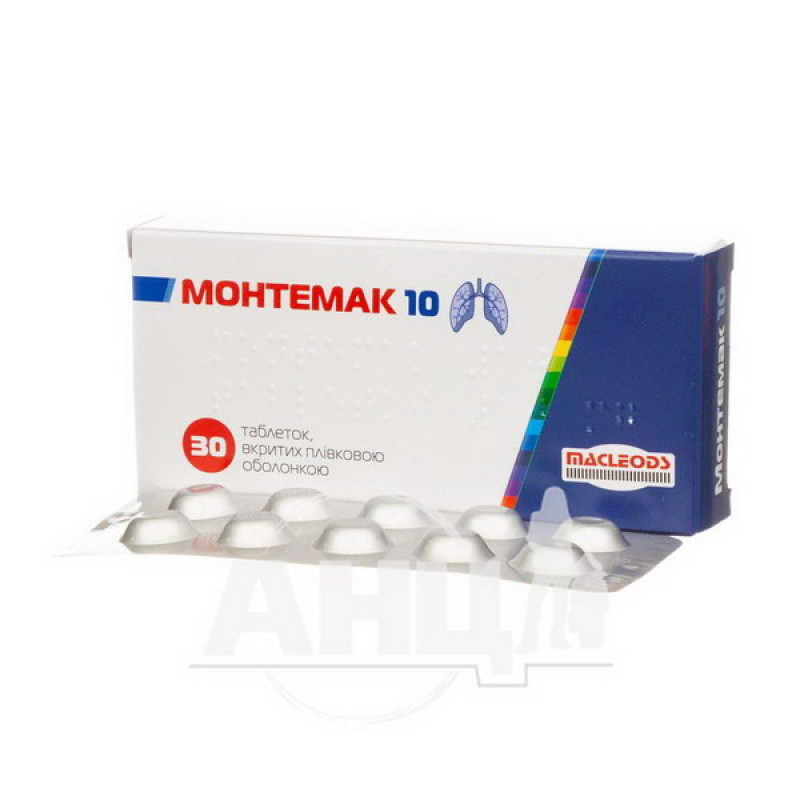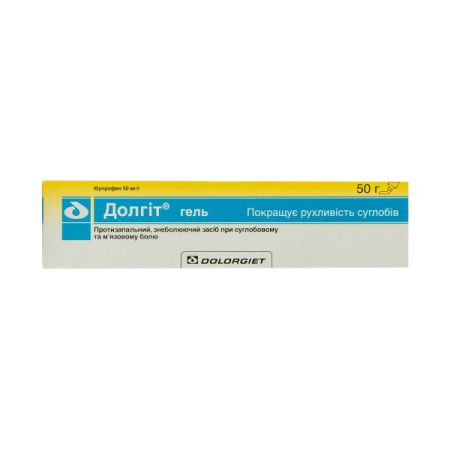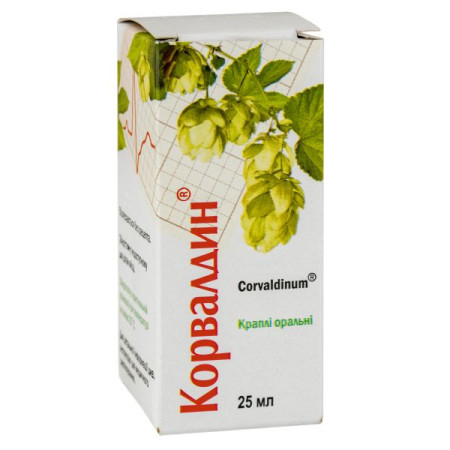Montemac 10 film-coated tablets 10 mg blister No. 30

Montemac 10 tablets are used for the following indications:
additional treatment of bronchial asthma in patients with mild to moderate persistent asthma, which is not adequately controlled by inhaled corticosteroids, as well as in case of insufficient clinical control of asthma with short-acting β-agonists used as needed; symptomatic treatment of seasonal allergic rhinitis in patients with bronchial asthma; prevention of asthma, the dominant component of which is exercise-induced bronchospasm; relief of symptoms of seasonal and perennial allergic rhinitis.Composition
The active substance is montelukast (one film-coated tablet contains montelukast sodium equivalent to montelukast 10 mg).
Excipients: microcrystalline cellulose, lactose, croscarmellose sodium, hydroxypropylcellulose, disodium edetate, magnesium stearate; Instacoat Aqua Brown ICG-A-10310 coating: hypromellose, hydroxypropylcellulose, titanium dioxide (E 171), yellow iron oxide (E 172), red iron oxide (E 172).
Contraindication
hypersensitivity to the components of the drug; age up to 15 years.Method of application
The drug is used in adults and children over 15 years of age. Patients with bronchial asthma and allergic rhinitis (seasonal and year-round) should take one 10 mg tablet once a day. For the treatment of bronchial asthma or asthma in combination with seasonal allergic rhinitis, adults and children over 15 years of age should take one 10 mg tablet once a day in the evening. To relieve the symptoms of allergic rhinitis, the time of administration is selected individually. The dosage of the drug is the same for male and female patients.
Application features
Pregnant women
The use of the drug during pregnancy has not been studied. It is not known whether the drug is excreted in breast milk. When prescribing the drug to women during pregnancy and breastfeeding, the benefit/risk ratio should be considered.
Children
The drug is used in children over the age of 15. Children under the age of 15 should use the drug in the form of chewable tablets.
Drivers
Montelukast is not expected to affect the ability to drive or use machines. However, in rare cases, some patients may experience dizziness or drowsiness, so you should refrain from driving or using machines while taking the drug.
Overdose
There is no specific information on the treatment of overdose with the drug.
In long-term studies in patients with chronic asthma, montelukast has been administered at doses up to 200 mg/day to adult patients for 22 weeks, and in short-term studies, up to 900 mg/day for approximately one week, with no clinically significant adverse reactions.
There have been reports of acute overdose of the drug. In particular, the use of the drug in adults and children in doses exceeding 1000 mg (approximately 61 mg/kg, a child aged 42 months) has been reported. The clinical and laboratory data obtained were consistent with the safety profile for adult patients and children. In most reports of overdose, no adverse reactions were observed. The most frequently observed adverse reactions were consistent with the safety profile of the drug and included abdominal pain, drowsiness, thirst, headache, vomiting and psychomotor hyperactivity.
It is not known whether montelukast is removed by peritoneal dialysis or hemodialysis. Treatment is symptomatic.
Side effects
Infections and infestations: upper respiratory tract infections.
From the nervous system: headache, lethargy and dizziness, paresthesia/hypoesthesia, seizures.
Gastrointestinal tract: abdominal pain, diarrhea, dry mouth, dyspepsia, nausea, vomiting.
On the part of the blood: a tendency to increased bleeding.
Immune system disorders: hypersensitivity reactions, including anaphylaxis; eosinophilic infiltration of the liver.
Psychiatric: sleep disturbances, including nightmares; hallucinations; insomnia; irritability; anger; impatience; agitation, including aggressive behavior or hostility; tremor; depression; disorientation; suicidal thoughts and behavior (suicidality).
Cardiovascular system: palpitations.
On the part of the hepatobiliary system: increased serum transaminase levels (ALT, AST), hepatitis (cholestatic hepatitis, hepatocellular dysfunction, mixed lesion).
Skin and subcutaneous tissue disorders: angioedema, hematoma, urticaria, itching, rash, erythema nodosum.
Musculoskeletal system: arthralgia, myalgia, including muscle cramps.
Storage conditions
Store in the original packaging at a temperature not exceeding 30 °C, out of the reach of children.
Shelf life - 2 years.
There are no reviews for this product.
There are no reviews for this product, be the first to leave your review.
No questions about this product, be the first and ask your question.












